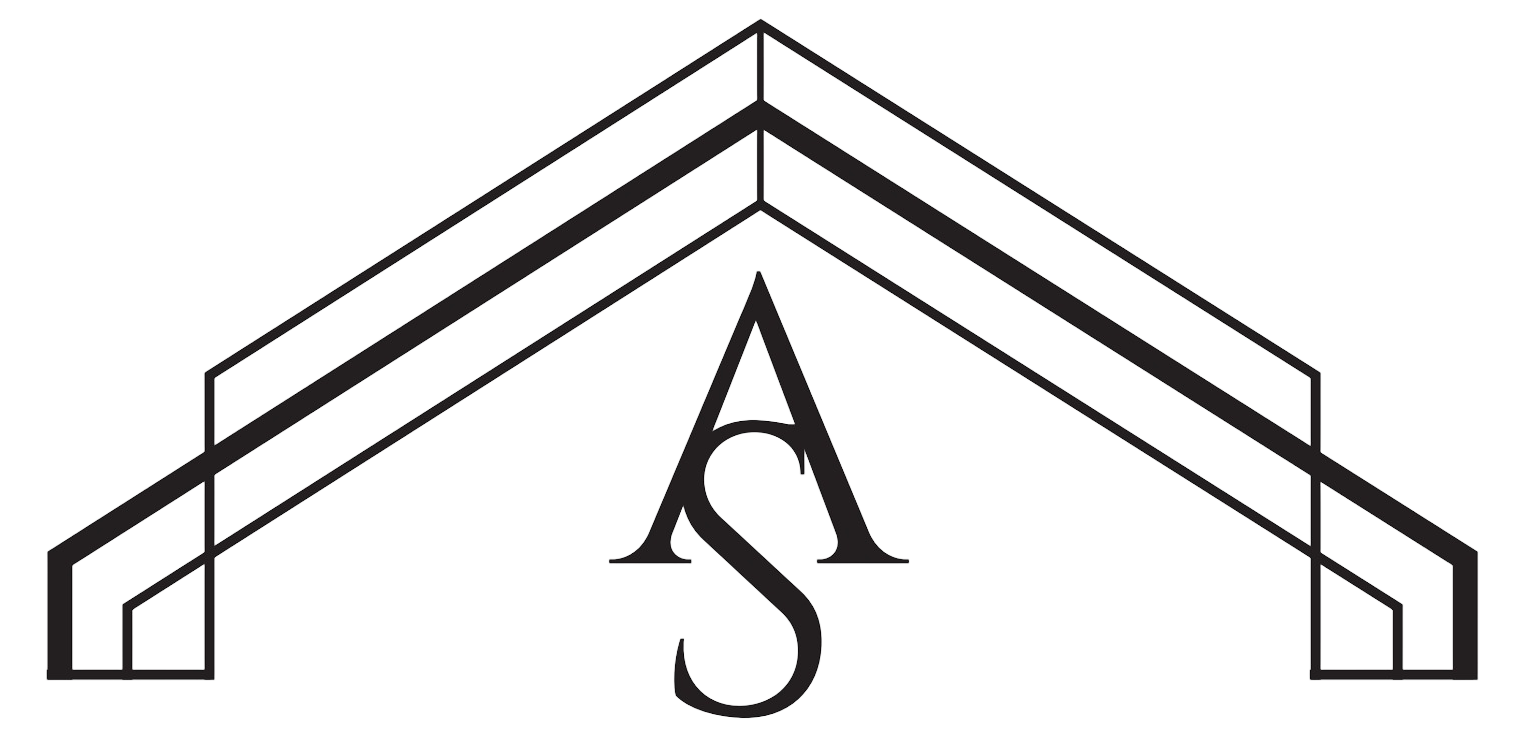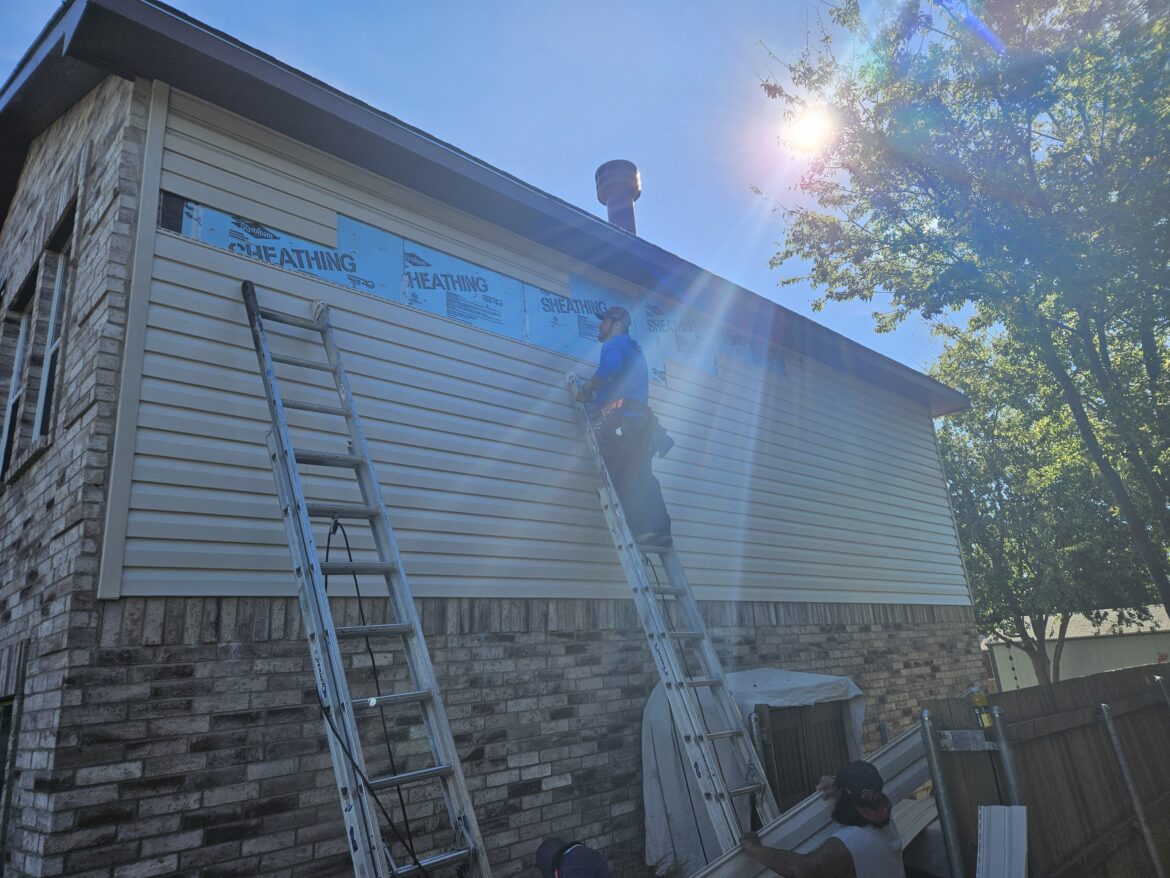The Importance of Allowing for Heat Expansion in Vinyl Siding
Vinyl siding is a popular choice for residential and commercial properties due to its affordability, durability, and low maintenance. However, one critical aspect of vinyl siding installation that cannot be overlooked is accommodating heat expansion. Below is a detailed guide explaining why heat expansion is essential and how to ensure proper installation to account for it.
Why Heat Expansion Matters
- Material Properties of Vinyl
- Vinyl is a plastic-based material that expands and contracts with temperature fluctuations.
- On hot days, vinyl siding can expand, while on cold days, it contracts. Failing to allow room for this movement can cause significant issues over time.
- Prevention of Buckling and Warping
- If vinyl siding is nailed or fastened too tightly, it cannot expand freely. This can lead to buckling, warping, or cracking as the material pushes against the restraints.
- Proper installation techniques prevent visual distortions and structural damage.
- Maintaining Structural Integrity
- Allowing for heat expansion ensures that the siding remains securely in place without compromising the underlying structure.
- Proper spacing also prevents undue stress on fasteners and adjacent panels.
- Manufacturer Warranties
- Most vinyl siding manufacturers require proper allowance for heat expansion as part of their installation guidelines. Failure to follow these instructions may void the warranty.
How to Account for Heat Expansion
- Leave Proper Gaps
- When installing vinyl siding, leave a gap (typically ⅛ inch to ¼ inch, depending on the manufacturer’s recommendations) between the siding panels and the trim or corners.
- Ensure that overlapping panels have adequate room to move during expansion and contraction cycles.
- Secure with Flexibility
- Use nails or fasteners that are driven in the center of the nailing slots on the siding panels.
- Leave a small gap (approximately 1/32 inch) between the nail head and the panel to allow the siding to move freely.
- Avoid overdriving nails, which can restrict movement.
- Consider Environmental Conditions
- Install siding in moderate weather conditions whenever possible. Extremely hot or cold weather can affect the material’s dimensions during installation.
- If installation occurs in very cold weather, leave slightly larger gaps to accommodate greater expansion during warmer temperatures.
- Use Expansion Joints
- For long walls or areas requiring extended runs of siding, install expansion joints to accommodate movement.
- These joints are especially important in climates with extreme temperature variations.
- Inspect Regularly
- After installation, inspect the siding periodically to ensure it remains secure and free from warping or buckling.
- Address any issues promptly to prevent long-term damage.
Consequences of Ignoring Heat Expansion
Failing to allow for heat expansion during vinyl siding installation can lead to several problems:
- Buckling and Warping: Tightly fastened siding will expand against its restraints, leading to unsightly and permanent distortions.
- Cracking: Extreme stress on the material can cause cracks, reducing its durability and weather resistance.
- Voided Warranties: Improper installation that does not account for expansion may void the manufacturer’s warranty, leaving you responsible for costly repairs.
- Increased Maintenance Costs: Repairs or replacements due to buckling or cracking can add unnecessary expenses.
Best Practices for Professional Installation
- Always follow the manufacturer’s installation guidelines, as they are designed to ensure the siding performs optimally in varying conditions.
- Use high-quality tools, including a snap-lock punch and utility knives, for precise cuts and adjustments.
- Work with experienced installers who understand the importance of heat expansion and proper vinyl siding techniques.
Conclusion
Accommodating heat expansion is a crucial step in ensuring the longevity and performance of vinyl siding. Proper installation techniques not only enhance the siding’s appearance but also protect your investment from unnecessary damage and costly repairs. By leaving room for movement and following best practices, you can enjoy the benefits of durable, attractive, and low-maintenance siding for years to come.
For professional vinyl siding installation or expert advice, contact ArtuSans Construction today. Let us help you achieve a flawless and lasting finish for your home or business.


